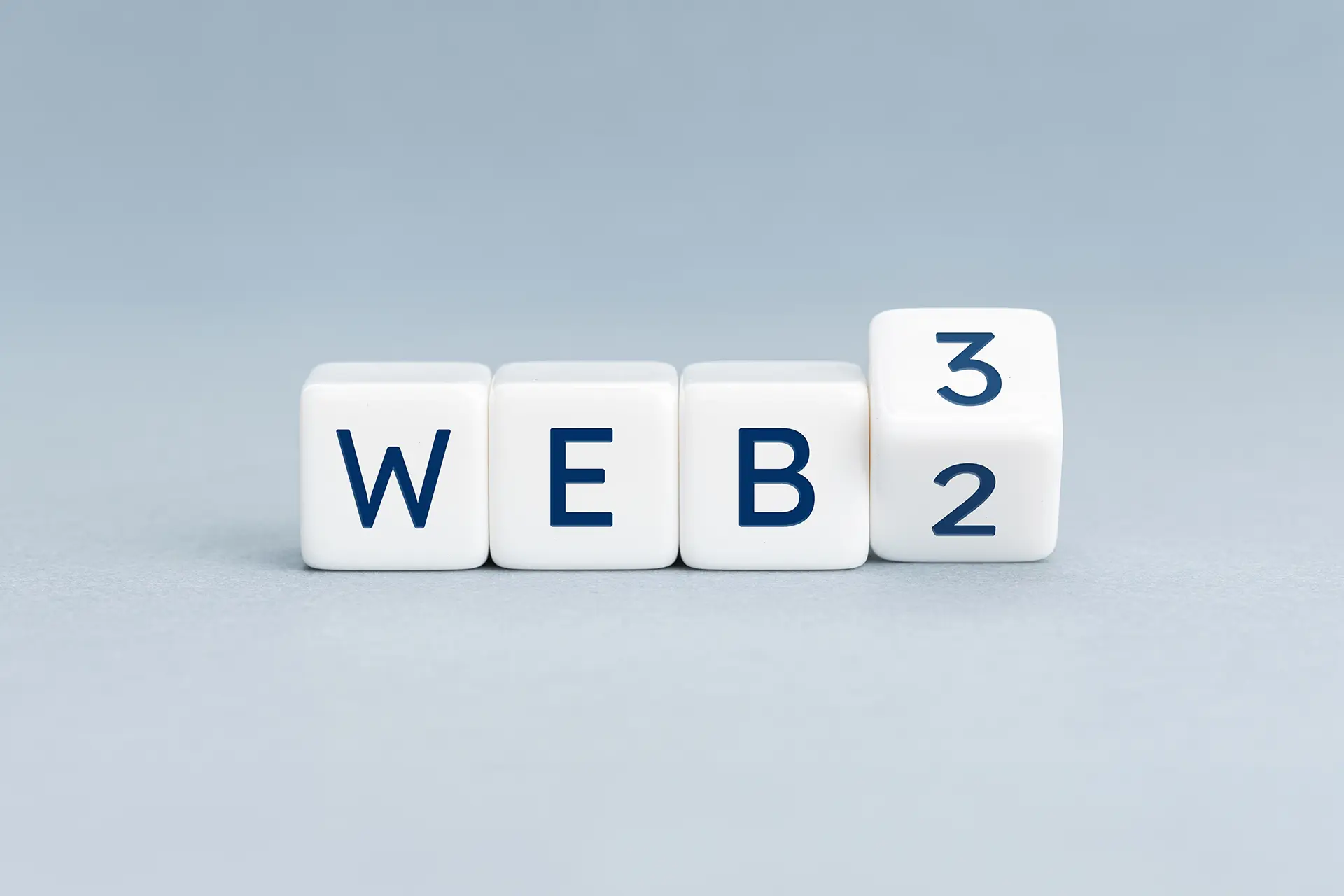In the rapidly evolving digital landscape, Web 3.0 has gained considerable attention as the next generation of the Internet. Web 3.0 presents a paradigm shift in how users interact with online content, data ownership, and the overall architecture of the Internet. In this blog, we will delve into the definition and concept behind Web 3.0, its key features, and the opportunities and challenges it brings for businesses by Understanding Web 3.0.
Evolution from Web 1.0 to Web 2.0 and now to Web 3.0
To understand Web 3.0, let’s first look back at the evolution of the Internet. Web 1.0 was the early stage of the Internet, where users could only consume static content. With the advent of Web 2.0, users became active participants, creating and sharing content through social media, blogs, and interactive websites. However, Web 2.0 still relied heavily on intermediaries and centralised platforms.
Web 3.0 takes the concept of user participation a step further by introducing decentralised networks. It empowers users with greater control over their data, eliminates the need for intermediaries, and enables peer-to-peer interactions. This next generation of the Internet is built on the pillars of interoperability, decentralisation, and the utilisation of emerging technologies like blockchain and artificial intelligence.
Key Features and Components that Define Web 3.0
Web 3.0 incorporates several key features and components that differentiate it from its predecessors. Some of the most notable ones include:
Decentralised Networks
Centralised entities and intermediaries play a significant role in Web 1.0 and Web 2.0. Web 3.0, on the other hand, promotes decentralised networks that operate without intermediaries. This allows for direct peer-to-peer interactions, fostering trust and transparency among users.
Smart Contracts
Smart contracts, powered by blockchain technology, are one of the fundamental building blocks of Web 3.0. These self-executing contracts automatically facilitate and enforce online transactions without intermediaries. Smart contracts enable secure, efficient, and transparent digital interactions.
Data Ownership and Control
Web 3.0 challenges the conventional notion of data ownership and control. With decentralised systems, users have enhanced control over their data. They can choose how and when to share their data, leading to greater privacy and security.
Blockchain Technology
Blockchain plays a pivotal role in Web 3.0 by securing transactions and protecting user identities. Its decentralised and immutable nature ensures transparency, trust, and data integrity. Blockchain technology enables secure peer-to-peer transactions, eliminating the need for reliance on centralised authorities.
Semantic Search and Artificial Intelligence
Semantic search is a crucial feature of Web 3.0 that focuses on understanding the context and intent behind user queries. It goes beyond traditional keyword-based search to provide more accurate and relevant results. Artificial intelligence enhances user experience by analysing user behaviour, preferences, and trends, creating personalised and context-aware interactions.
Transitioning to Web 3.0: Opportunities and Challenges for Businesses
The transition from traditional models to Web 3.0 presents new opportunities for businesses. Decentralised systems allow for improved security, reduced costs, and enhanced user trust. Companies can leverage smart contracts to automate processes, streamline transactions, and increase efficiency. The shift towards semantic search and AI also opens new avenues for personalised marketing, customer service, and product recommendations.
However, businesses must also address the challenges of adopting a decentralised approach. They must reassess their data management practices, comply with changing regulations, and invest in new technologies and skill sets. Adapting to a peer-to-peer model requires a mindset shift and a willingness to embrace change.
Preparing for Web 3.0 Transition
To prepare for the transition to Web 3.0, businesses should consider the following steps:
- Evaluate the impact of Web 3.0 on existing business processes and identify areas that require adaptation.
- Invest in blockchain technology and smart contract solutions to enable secure and efficient transactions.
- Enhance data management practices to give users greater control over their data.
- Educate employees about the key concepts and benefits of Web 3.0 to foster a culture of innovation and collaboration.
- Stay updated on emerging technologies and trends in Web 3.0 to identify new opportunities and competitive advantages.
- Consider case studies and successful examples of businesses transitioning to Web 3.0 to gain insights and inspiration.
Case Studies of Successful Web 3.0 Transitions
Several companies have already successfully transitioned to Web 3.0 models. For example, Brave, a privacy-oriented web browser, utilises blockchain technology to reward users for their attention and eliminate intrusive advertisements. Filecoin, a decentralised storage network, enables users to rent out unused hard drive space and earn cryptocurrency in return. Easy Crypto, simplifying cryptocurrency transactions with a user-centric platform and Impressive Milestones.
These case studies demonstrate the potential of Web 3.0 to disrupt traditional business models and create new opportunities for value creation.
In conclusion, Web 3.0 represents the next phase of the Internet, characterised by user empowerment, decentralised networks, and the integration of emerging technologies. Businesses that embrace this paradigm shift can benefit from enhanced security, improved user experiences, and new opportunities for innovation. By understanding the key components and challenges of Web 3.0, businesses can prepare themselves for a successful transition and unlock the full potential of the next generation of the Internet.

